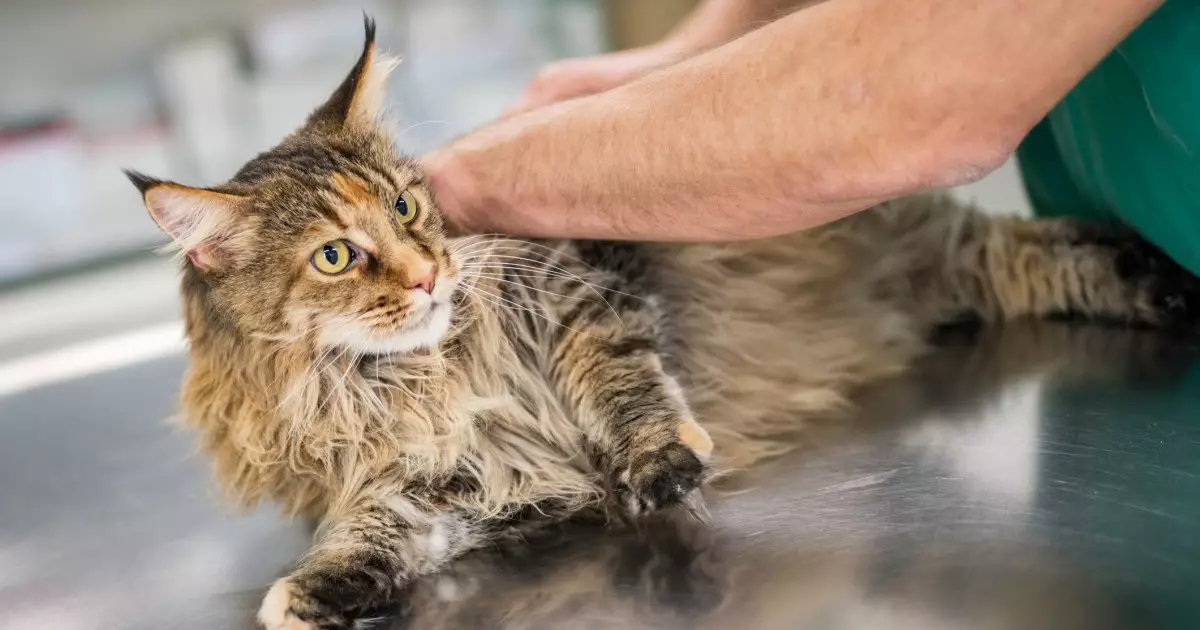Cats are beloved companions, and as responsible pet owners, we aim to provide them with every possible avenue for a long, healthy, and fulfilling life. While traditional veterinary practices are essential in maintaining a cat’s health, alternative treatments—such as chiropractic care—are gaining traction for their potential benefits. This article delves into the multifaceted world of chiropractic care specifically designed for cats, addressing not only the conditions it treats but also how to select a competent practitioner, what to expect during a session, and any side effects that might arise from the treatment.
Chiropractic care focuses on the alignment of the spine and other joints within the body, aiming to restore optimal function and enhance the overall well-being of the patient. Just like humans, cats can suffer from a plethora of musculoskeletal issues that may benefit from this treatment approach.
Certain specific conditions are particularly commonly treated through chiropractic care. For instance, older cats are often susceptible to arthritis, an ailment that can severely impact their mobility and quality of life. Chiropractic adjustments can alleviate joint pain, allowing your feline friend to move with greater ease. Additionally, cats may experience back or neck pain from various sources, including injuries or spinal misalignments, which can also be addressed through chiropractic methods.
Moreover, cats that demonstrate mobility difficulties—such as hesitancy in jumping or climbing—stand to benefit. Proper chiropractic intervention can rectify these misalignments and improve overall balance and coordination. An often-overlooked aspect is digestive issues, which may stem from spinal misalignments affecting nerve function. By realigning the spine, chiropractors might alleviate these issues, potentially leading to a happier, healthier cat.
Finding a qualified chiropractor is crucial for ensuring success in treatment. Here are some tips to guide your selection:
1. **Credentials Matter**: Look for a chiropractor who is also a licensed veterinarian. This ensures that they have a well-rounded understanding of animal anatomy and health considerations.
2. **Specialized Training**: Make sure your chosen practitioner has completed specific training in animal chiropractic from a recognized institution. Certifications from organizations like the American Veterinary Chiropractic Association (AVCA) are often markers of competence.
3. **Experience Counts**: Inquire about how long the chiropractor has been in practice and their experience with feline patients. A specialist with a history of treating cats with similar concerns will likely offer better care.
4. **Personal Referrals**: Trustworthy recommendations from your veterinarian or fellow cat owners can lead you to reputable practitioners. Online reviews can provide insights into the chiropractor’s reputation and effectiveness.
5. **Comfortable Atmosphere**: Cats are sensitive creatures, so it is vital that the selected chiropractor fosters a calm and soothing environment to minimize any anxiety during visits.
When you bring your cat in for a chiropractic consultation, the process typically begins with an in-depth assessment of your pet’s health, medical history, and specific concerns. A thorough physical examination may be performed, and sometimes imaging like X-rays might be employed to identify underlying problems.
The actual chiropractic adjustment usually involves gentle manipulation of the spine and joints to correct misalignments and restore normal function. Chiropractors may utilize their hands or specialized instruments to perform these adjustments, tailoring the approach to suit each cat’s unique needs.
While chiropractic care for cats is generally regarded as safe, there are potential side effects worth noting. Some cats may experience mild soreness post-adjustment, akin to feelings humans may encounter after physical therapy. This discomfort is often temporary and can be mitigated by providing soft, comfortable spaces for rest.
Additionally, cats may appear lethargic or tired after a session as their bodies begin to relax and heal. Behavioral changes, including increased affection or temporary restlessness, can also occur. These reactions are usually short-lived, but monitoring your cat closely post-appointment is wise.
In rare cases, a cat may experience a “healing crisis,” where symptoms initially worsen before improving. If this happens, consulting with your chiropractor or veterinarian is crucial to ensure your cat is not experiencing a less typical reaction.
Chiropractic care can be an invaluable adjunct to conventional veterinary treatments, particularly in managing musculoskeletal conditions and promoting a cat’s overall wellness. By understanding your cat’s specific health needs, taking the time to select a well-qualified chiropractor, and being aware of what to expect during and after appointments, you can significantly contribute to your pet’s quality of life. Always remember to consult with a veterinarian before embarking on alternative therapy avenues, ensuring the best outcomes for your cherished feline friend.


Leave a Reply